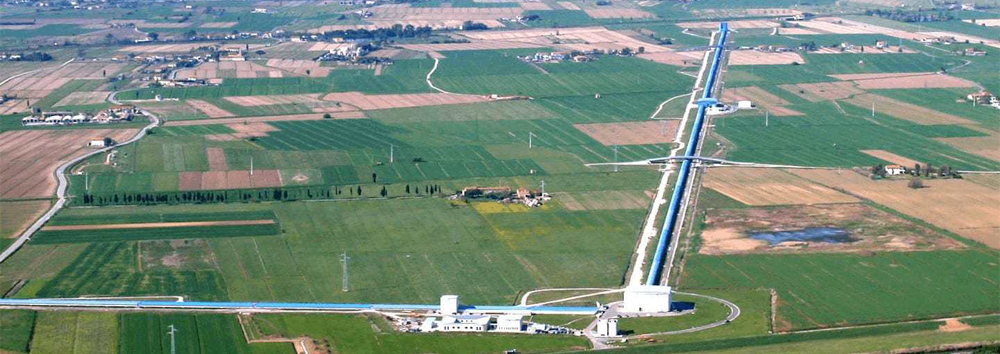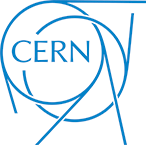It started with a relatively simple goal: create a prototype for a new kind of device to monitor the motion of underground structures at CERN. But the project – the result of a collaboration between CERN and the Joint Institute for Nuclear Research (JINR) in Dubna, Russia – quickly evolved. The prototype turned into several full-blown devices that can potentially serve as early warning systems for earthquakes and can be used to monitor other seismic vibrations. What’s more, the devices, called precision laser inclinometers, can be used at CERN and beyond. The researchers behind the project are now testing one device at the Advanced Virgo detector, which recently detected gravitational waves – tiny ripples in the fabric of space-time that were predicted by Einstein a century ago. If all goes to plan, this device could help gravitational-wave hunters minimise the noise that seismic events cause on the waves’ signal.
Unlike traditional seismometers, which detect ground motions through their effect on weights hanging from springs, the precision laser inclinometer (PLI) measures their effect on the surface of a liquid. The measurement is done by pointing laser light at a liquid and seeing how it is reflected. Compared to weight–spring seismometers, the PLI can detect angular motion in addition to translational motion (up-and-down and side-to-side), and it can pick up low-frequency motion with a very high precision.
“The PLI is extremely sensitive; it can even detect the waves on Lake Geneva on windy days,” says principal investigator Beniamino Di Girolamo from CERN. “It can pick up seismic motion that has a frequency between 1 mHz and 12.4 Hz with a sensitivity of 2.4 × 10−5 μrad/Hz½,” explains co-principal investigator Julian Budagov from JINR. “This is equivalent to measuring a vertical displacement of 24 picometres (24 trillionths of a metre) over a distance of 1 metre,” adds co-principal investigator Mikhail Lyablin, also from JINR.
About CERN
Founded in 1954, CERN is the European laboratory for particle physics. Sitting astride the Franco-Swiss border near Geneva, it was one of Europe’s first joint ventures and now has 22 member states. CERN operates a unique range of particle accelerators that enable research into the fundamental particles and laws of the Universe, including the Large Hadron Collider (LHC), the largest scientific instrument on Earth. The 60-year history of CERN is marked with impressive achievements in the construction and operation of powerful linear and circular accelerators. Moreover, CERN offers unique infrastructures for the development of the most sensitive particle detectors in the world, including the four main LHC detectors – ATLAS, CMS, ALICE and LHCb. General-purpose test beam lines provide beams of electrons, muons and hadrons in a very wide energy range for testing the detectors used in the LHC and in its major upgrade, the High-Luminosity LHC, as well as in future colliders and in neutrino experiments.



